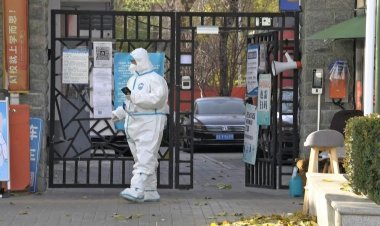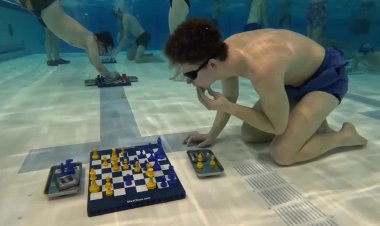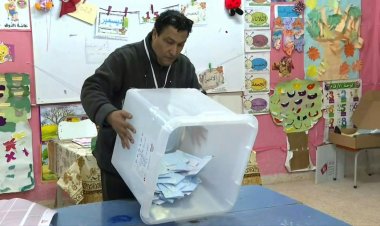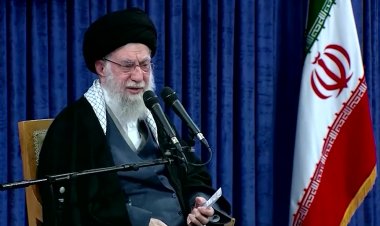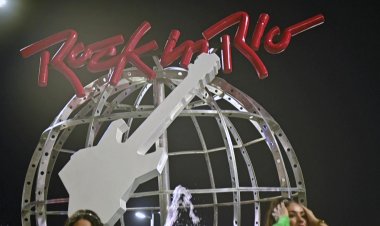Tokyo's Robot Deliveries
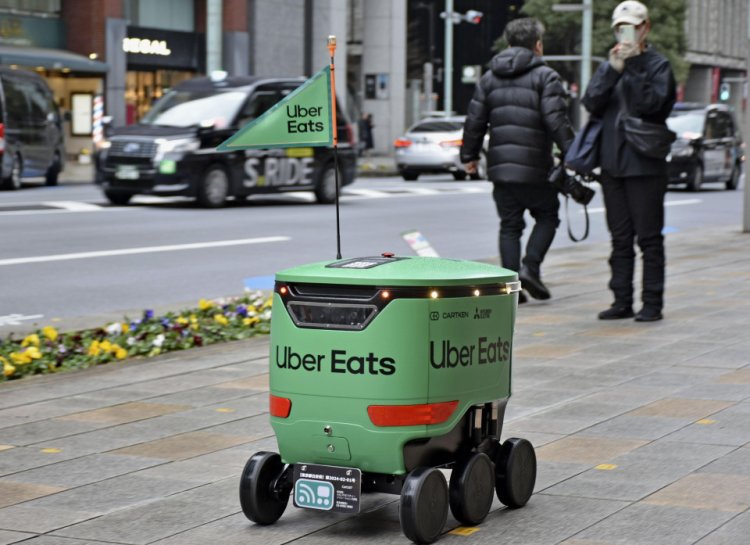
Caution: robot!" chirps the green self-driving delivery vehicle as it trundles down the street to a pork cutlet restaurant in Tokyo to pick up a meal ordered on Uber Eats.
Starting robot deliveries will be offered in a small area of the city by the US-based food app, which hopes to eventually roll out the service more widely in Japan.
The country, facing growing labor shortages, changed traffic laws last year to allow delivery robots on public streets, and other companies including Panasonic are also trialing cute new machines to transport goods.
Uber Eats' boxy robots have square headlights for eyes and three wheels on each side to navigate kerbs as they calculate routes on their own, using sensors to avoid pedestrians and other obstacles.
Moving at up to 5.4 kilometers an hour and with flashing lights around the lid, there's a human operator on standby in case of trouble.
Like self-driving delivery services launched by the company in North America, the Tokyo robots will be limited in scope at first, said Uber Eats executive Alvin Oo.
App users must wait outside for the robot to arrive, but one day it could come to their door, he said.
"Going all the way to the office floor, to the exact apartment... could be useful in somewhere like high-rise Tokyo," said Oo, market operations director at Uber Eats Japan.
The service could also one day come to rural areas, where many residents are elderly and drivers are scarce, he added.
Current drivers "do not need to worry", Oo said, because "even in five, 10 years' time, there will always be work for the human delivery partners on the platform".
The Uber Eats robots, developed with Mitsubishi Electric and US start-up Cartken, will deliver food from just a few restaurants in the busy Nihonbashi district at first.




